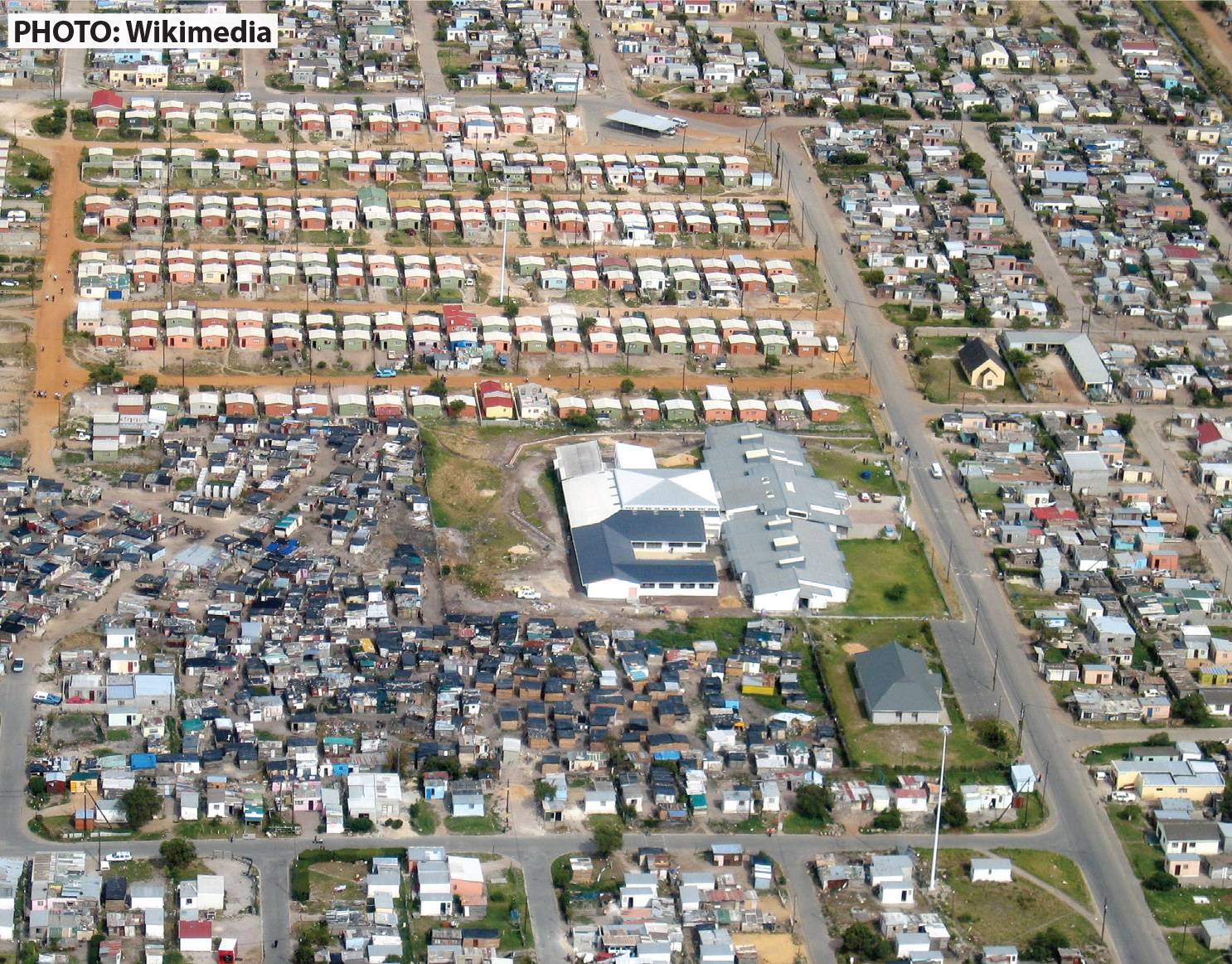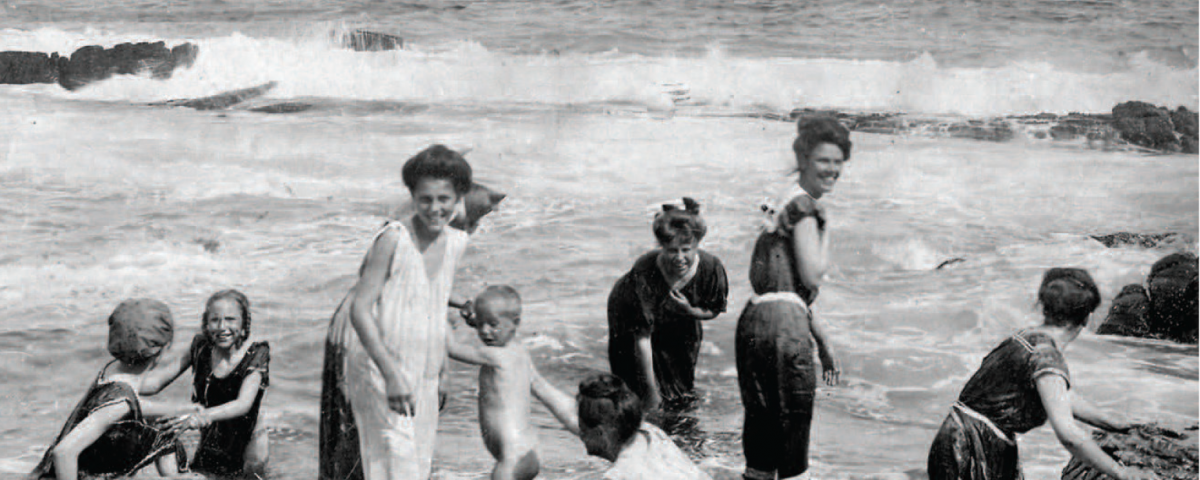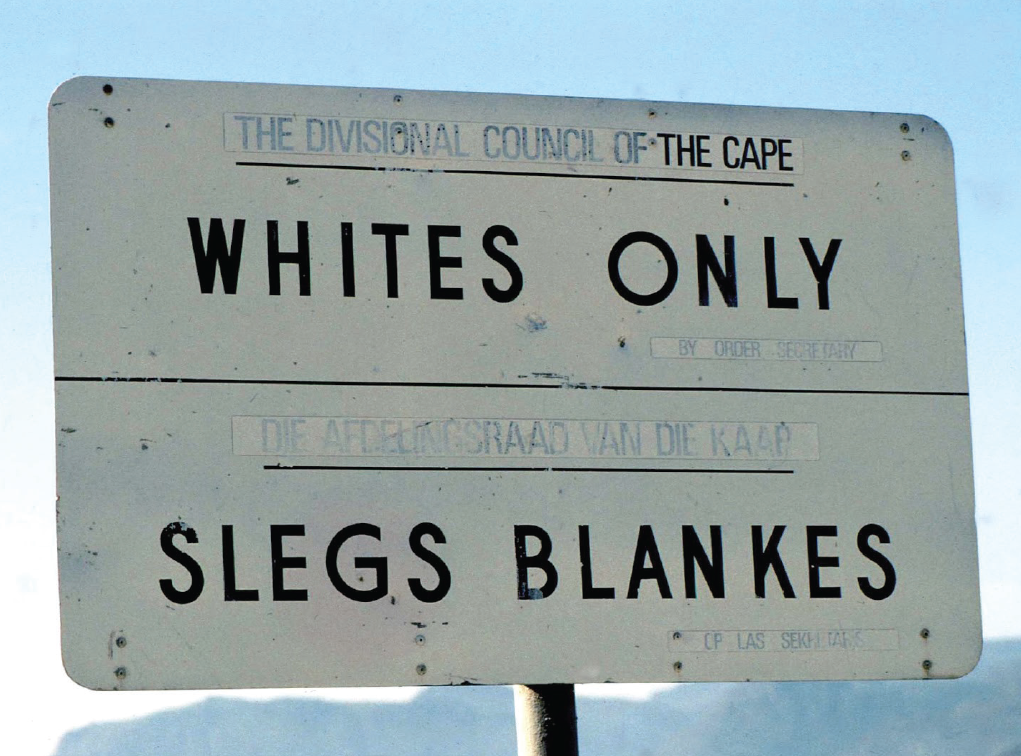
The legacy of segregation in Hermanus
June 18, 2020
HERMANUS HISTORY SOCIETY NEWSLETTER: JUNE 2020
July 17, 2020Following on last week’s article which presented a picture of how the Group Areas Act led to the segregation of residential areas and amenities in Hermanus during the apartheid era, DR ROBIN LEE of the Hermanus History Society shares his latest research into the high-profile issue of ‘beach apartheid’ during the 1960s.
The coastline of the present Overstrand Municipality includes some of the best beaches in the country. Quite possibly, there has been conflict about access and use down the centuries, but for us, the crucial confrontation about the use of beaches came in the second half of the 20th century.
Hermanus’s local newspaper started publication in 1949, so there is no printed record of disputes between users, before 1948. Also, due to the bureaucratic oversight referred to in my previous article, no attempt was made to segregate the beaches along this coast until 1960.
It all started when certain events over the summer holidays of 1959/1960 captured the attention of the Hermanus Town Council. On 23 January 1960, this report appeared in the Hermanus News, in connection with incidents at the beach known to us as ‘Nanny’s Beach’ or ‘Kammabaai’:
The subject arose as a result of the apparently organised invasion of hundreds of Coloured people there on 2 January, when many lorry loads from Cape Town and even Malmesbury congregated there, to the great annoyance of the white residents of that locality, and particularly hotel visitors. Behaviour was said to be disgraceful, and the quantities of rubbish left behind by the picnickers created a nuisance.
The Town Clerk (Mr L. Gordon) said the Administrator of the Cape Province could, under the recent (Reservation of Separate Amenities) Ordinance, on application by a Local Authority, set apart any land, etc., for the exclusive use of any race. It was not essential (as it was under the Group Areas Act), to provide an alternative amenity.
The Council could also prohibit all bathing below the high-water mark, to all races, by declaring the area dangerous for swimming. The Council resolved to appeal to the Administrator to declare the area for whites only, on the understanding that the Municipal or Divisional Council would later find an alternative beach for the non-whites; also, that all bathing (at the beach) should be prohibited, as fatalities had occurred there.
The Hermanus Town Council immediately entered a bureaucratic dispute. A large number of official bodies had been created to administer ‘beach apartheid’. The Hermanus Municipality had to deal with the following: the Caledon Divisional Council, the Native Areas Board, the Land Tenure Advisory Board, the Provincial Separate Amenities Board and a standing commission called the Provincial Commission on Separate Beach Facilities (also known as the Heunis Commission, after its Chairperson).
Recommendations for segregated beaches seem to have come from each of these bodies, as each had a different view about the implementation of the primary legislation, which was the Reservation of Separate Amenities Act, Act 49 of 1953, and the Regulations issued in 1955.
However, the first specific recommendations had been delayed to 1960, when the Caledon District Council made the first proposals for the whole coastline:
• Onrust River would be entirely a European area.
• Betty’s Bay, from Rooi Els up to Silver Sands would be entirely a European area.
• Koeëlbaai (or Kogelbaai) would be set aside for non-Europeans.
• Kleinmond would be entirely a European area.
• Uilenkraalmond would provide non-European facilities only.
• Hawston would be a non-European area.
• Hermanus: all beaches would be designated as ‘white’, but an effort to be made to agree on a portion of this area for non-Europeans.
Other proposals came from several sources, and it seems that all were funnelled to the Heunis Commission. In due course, the Commission revealed its recommendations, which resulted in an article in the Hermanus News of 17 February 1962. In the article, the paper gives an insight into the real motives of ‘separate amenities’, but does not comment:
The Divisional Council formerly proposed that the Grotto Beach be divided between whites and nonwhites, but the Commission found that the swimming space there was too limited. As whites had invested large capital sums in the adjoining property along that coast, no suitable space was available for non-whites. (My emphasis)
However, social pressure was building in favour of segregation, especially as regards ‘Riviera Beach’, now generally known as ‘Grotto Beach’. The Hermanus News reported:
The Town Council took what appears to be the only feasible solution. This would be to establish separate bathing and parking facilities at a spot on the eastern end of the Riviera Beach, with an access road to the area, and the erection of suitable bathing and sanitary conveniences for non-whites there.
To prevent whites from using this area to obtain access to the Klein River Lagoon mouth, a new road would be constructed for the exclusive use by whites, below the Scout Camp. There will be “buffer zones” in the dunes between the white and non-white bathing areas, and beacons would be erected to maintain the separation.
The Council are agreed on the recommendation embodied in the Heunis Commission’s plan that Bantu should get separate bathing facilities at Skulphoek, near the new Bantu Location, beyond the New Harbour.
The issues dragged on in meeting after meeting. The Hermanus Town Council repeated its discussions 18 months later, on 28 September 1963 and again on 26 June 1965, when it considered a particular proposal from the Onrus River Village Management Board (VMB). The representatives of the VMB asked for all the beaches in their area to be declared white. One of the members of the VMB amplified this proposal at a joint meeting of the Council and the VMB:
“The (population) groups do not mingle too freely. For years we have had complaints of Coloured people mingling with Whites on the beaches and until we have a means of controlling them, proclaiming the coastline White seems the course to take.”
These events must have created more awareness of the complexities of beach apartheid, and there are many reports of efforts to find a solution between 1965 and 1970. Municipal officials claimed that finding alternative beaches for Coloureds “met with immediate objections from neighbouring property owners” (Hermanus News, February 1960). The newspaper commented in an editorial that “the whole problem facing the authorities is fraught with many difficulties and racial prejudices”.
By the end of the 1960s, all Hermanus beaches had been allocated to different ‘population groups’, and the matter seemed to lose urgency. There are no media reports of confrontations on the beaches, though in 1963 there was a story of whites using Hawston beach. Newspaper coverage is recorded less often in the 1970s and 1980s, presumably, because people in Hermanus (and in the rest of the country) realised that these laws were most unlikely to be changed without a complete change of government. As we know, this did not occur until 1994.


